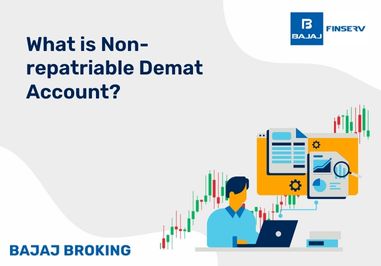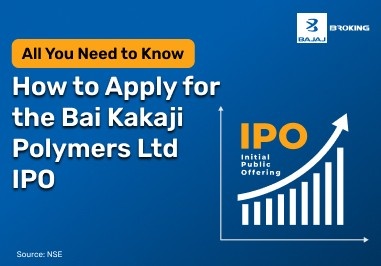What are Rounding Top and Rounding Bottom patterns?
- Answer Field
-
A Rounding Top Pattern indicates a bearish reversal, where prices gradually form an inverted U-shape before declining. On the other hand, a Rounding Bottom Pattern is a bullish reversal pattern, forming a U-shape that signals a potential rise in prices. Both patterns reflect shifts in market sentiment and are useful for traders to anticipate future price movements.














